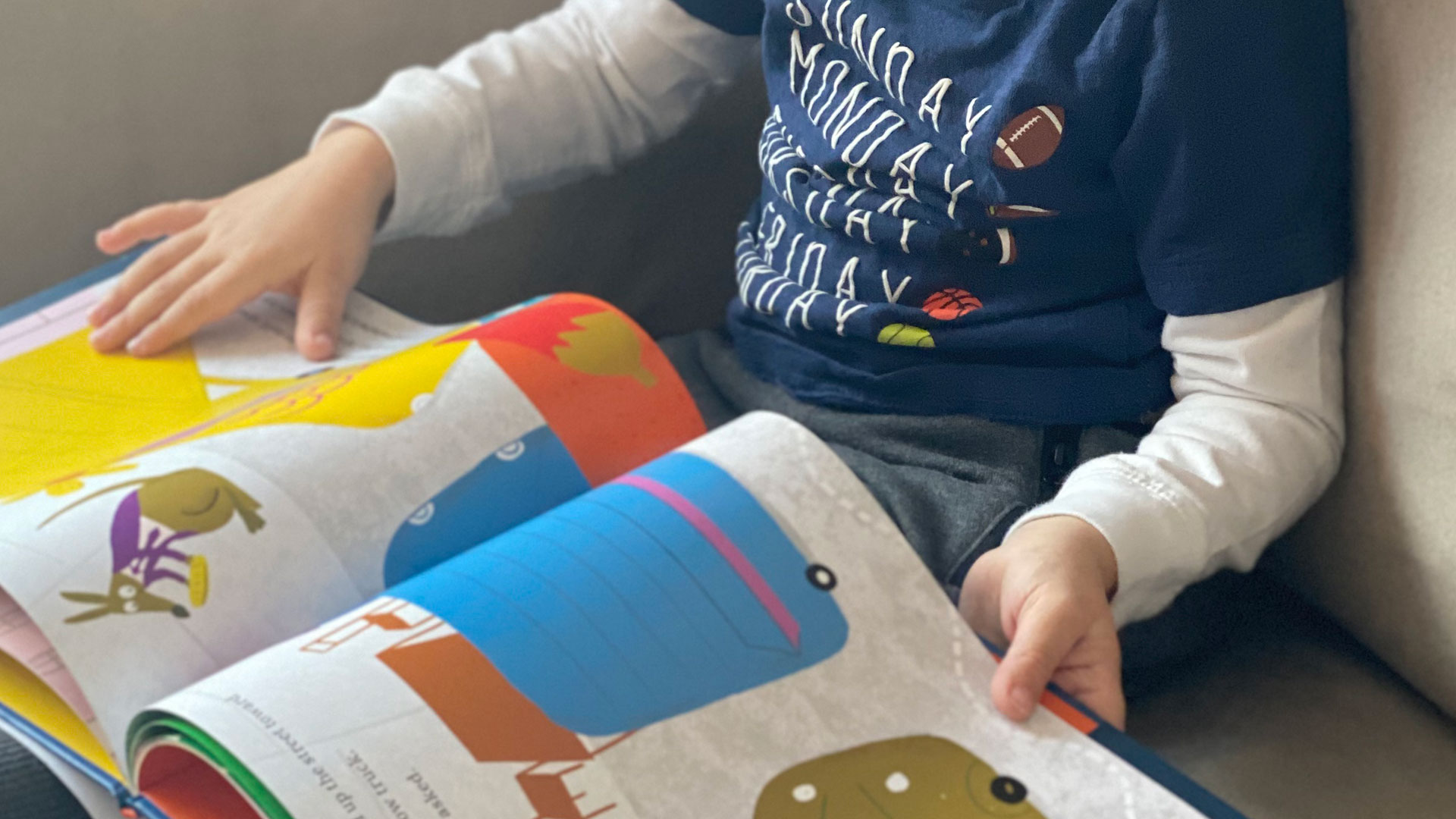A major component of building strong readers is boosting comprehension skills. There are plenty of ways to assist in this process, and at Wise Wonder Enrichment, we always do our best to make those tactics fun! That’s why a favorite activity amongst our staff and students is story mapping.
What is story mapping?
Story mapping opens up students to the very barebones of understanding story structure: separating the beginning, middle, and end of a story. Our Kinder Hoots work on story mapping the most, offering in-depth descriptions and illustrations of what they’ve retained from the story. After completing our book during story time, we ask the kids to tell us what they remember from the story, and also what they enjoyed most about it. This opens up an initial discussion and brings us to understanding story elements such as sequencing, plot, and characters. Once we begin talking about these sections, we are able to delve a bit deeper and think more critically about the story.
Why is story mapping important?
Story mapping assists with comprehension and opens the door for more in-depth reading. We introduce story mapping in stages to make sure the process is understood from start to finish. The earliest introduction is done orally, with teachers pointing out story elements and asking questions. This practice begins with our youngest learners. Even though they are mostly listening in the beginning, hearing and taking in what is behind words and pictures builds comprehension from the very beginning. Students are beginning to be able to make deductions and inferences, and engaging that part of their minds helps to hone these skills.
What other skills are enhanced by story mapping?
Story mapping also, of course, provides students with the chance to be creative! A favorite part of the activity is drawing the illustrations and putting their own spin on things. We let them discover for themselves what they want each portion to depict. Eventually, our story maps become more involved – looking at not just the beginning, middle, and end but also the plot, characters, setting, and theme. At this time, we also begin eliminating illustrations and incorporating phonetic spelling to get the themes and message across. This opens our students up to an even deeper level of comprehension and a more structured understanding of storytelling.

When children look closely and critically at a text, especially when guided by a teacher or caregiver, they are becoming more well-rounded as readers and thinkers. Going beyond the story to think about character motivations, the author’s purpose, and more deepens comprehension and makes for more compassionate (and passionate!) readers. These activities also help to develop a child’s ability to concisely express their thoughts and ideas – an important skill when classroom discussions become more involved.
Try story mapping at home – even if it’s just while talking about a favorite story. Honing these skills outside of the classroom will only make them stronger until, before you know it, they become second nature!
Do you have a favorite comprehension activity? Let us know! We’d love to hear what makes your little readers tick.
Happy Reading!
